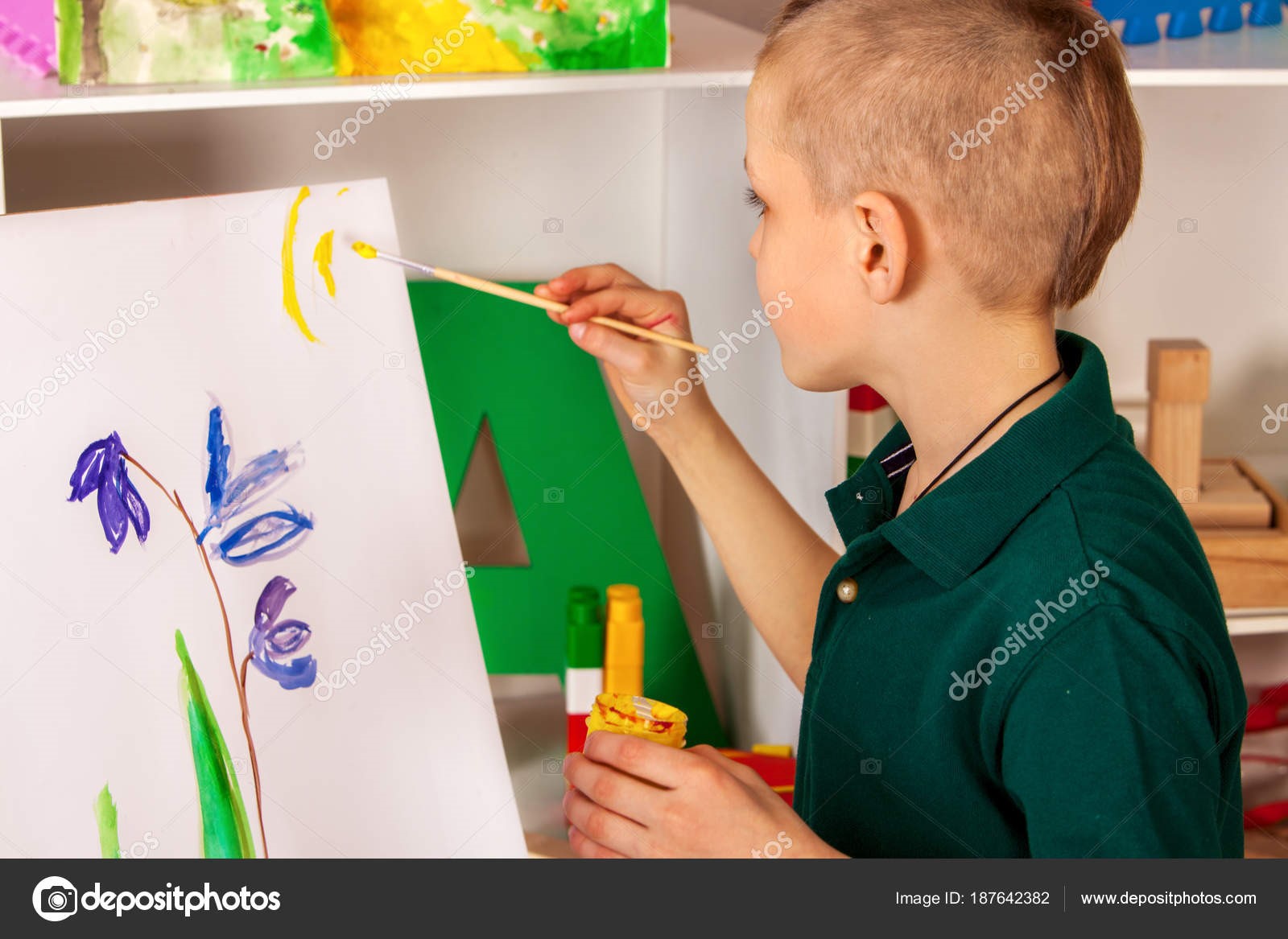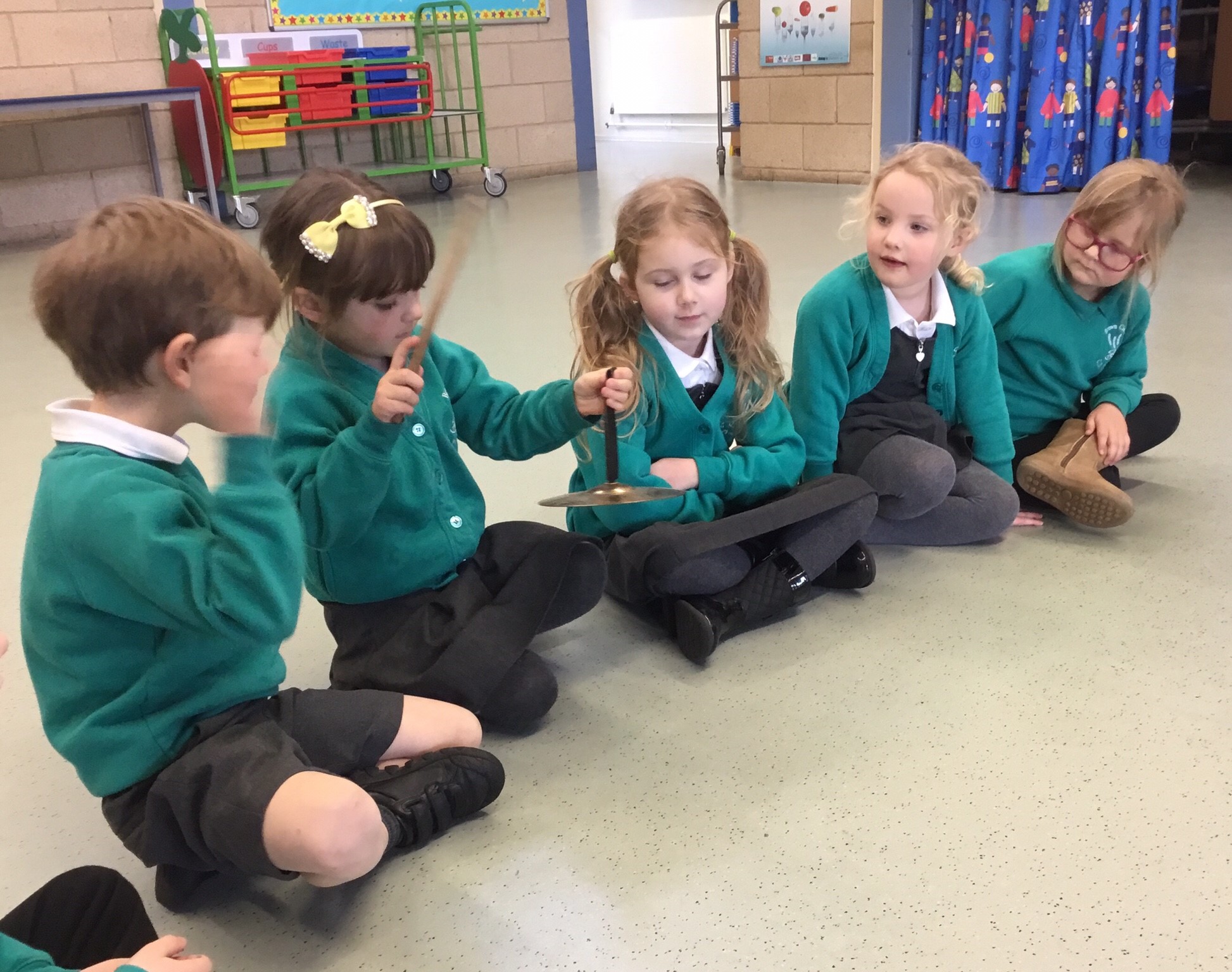Change is the only constant!
The educational space is dynamic; it is constantly evolving to keep pace with the changing times.
In a world affected by the Coronavirus, classes have gone online, and technology allows the faculty to meet the needs of the student community. Schools around the globe are gearing up to keep this new learning environment engaging and effective – online learning, online platforms, digital transformations, etc are terms that are bandied around in teacher forums. In times where students are born in the digital era, many skilled teachers struggle to employ the online platform effectively for teaching-learning.
However, this virus is not the only novel thing around us!
Even the teaching community is coming up with innovative and novel practices to support the student community, not just academically but emotionally, mentally, and physically too.
However, the physical distance between a teacher and the student still is a gap that goes unaddressed and poses many challenges. The isolation factor makes some crucial instructional strategies like collaborative work, group work, brainstorming, class discussion, and Grand conversations disappear from the learning experience.
Priorities change with times and by default a teacher’s focus has to shift to short term plans – week by week or even day by day.
Now the emphasis is on learner-centric methods that make an ONLINE session successful. A learner-centric approach focuses on scaffolding learning gradually and the teacher must never miss an opportunity for FA (Assessment for learning)
Formative Assessment
- is quick, child friendly as it releases the burden of testing the vast syllabus and gives immediate feedback to the teacher
- can be done at any phase of the session beginning, middle, or end.
- can be done for specific goals or objectives, not the overall aim of the topic or lesson.
- anchor the sessions effectively
- focusses on stage-wise progress and allows the teacher to alter goals based on the student’s performance
Some of the formative assessment methods that can be considered on an e-learning space…
- Establish Online Pedagogy as against regular classroom teaching methodologies with the help of your team, collaboratively. Establish common rules for all sessions that occur online. For e.g Sharing the objective of every session at the beginning can be a common practice. Ask the learner, mid-session, how far they have progressed in the day’s goal. This particular data coming from a learner is learning evidence by itself and accounts as formative assessment
- Be informed that successful formative assessment will profoundly depend on excellent questioning skills and an inquiry-driven session. For e.g A question on recall of the last session, questions like, “what is something new that you learned today?” also come under FA and gives the facilitator evidence of learning.
- Provide scope for mutual sharing of their work in break-away sessions or even offline and allow peer review, based on rubrics
- Employ flipped classroom as it will allow the teacher to use the time effectively online and focus on checking their understanding directly.
- Identify opportunities to formatively assess students often, as the session progresses.
For e.g a quick recall of new vocabulary, a quiz on the concept, quoting examples from real life, open book testing
- Provide immediate feedback on their progress. It could range from the comprehension of the task, narration of the procedure, to completion of the task. Use the information and every query asked by the learner as a FA tool to assess their understanding rather than waiting for the end of unit
- Allow differentiation in procedure and learning outcomes generously. For e .g, If you need to test the students on states of matter/water cycle during an e-learning session, give options like type out your answer descriptively, speak up by raising your hand, list out scientific vocabulary related to the topic or even record a video of activity and upload it post the session. Differentiation enhances the FA strategy.
- Consider allocating a whole session for feedback and reflection, regularly. During these focussed discussions driven by a starter statement, teachers’ get plenty of verbal explanations and cues about learning.
To conclude…
Keep it small, measurable, quantifiable, qualitative, focussed, and student-centric.
–Sudha Mahesh










